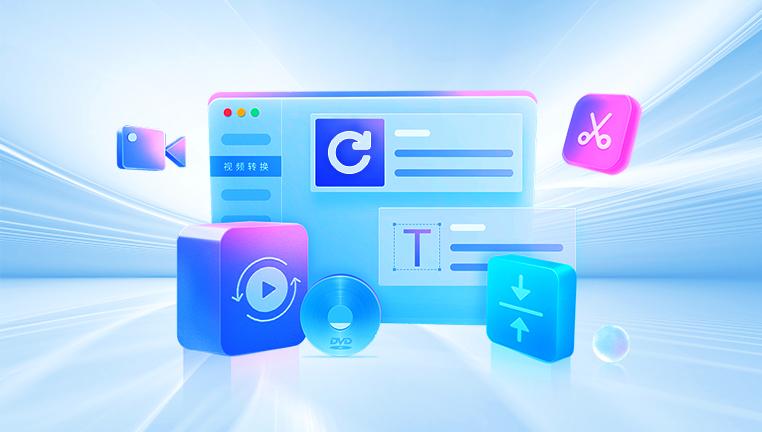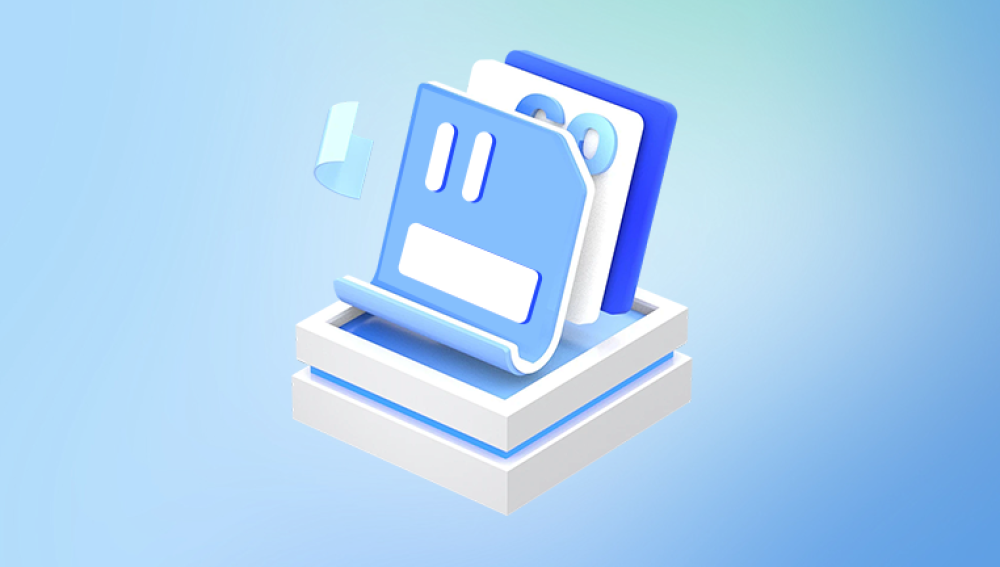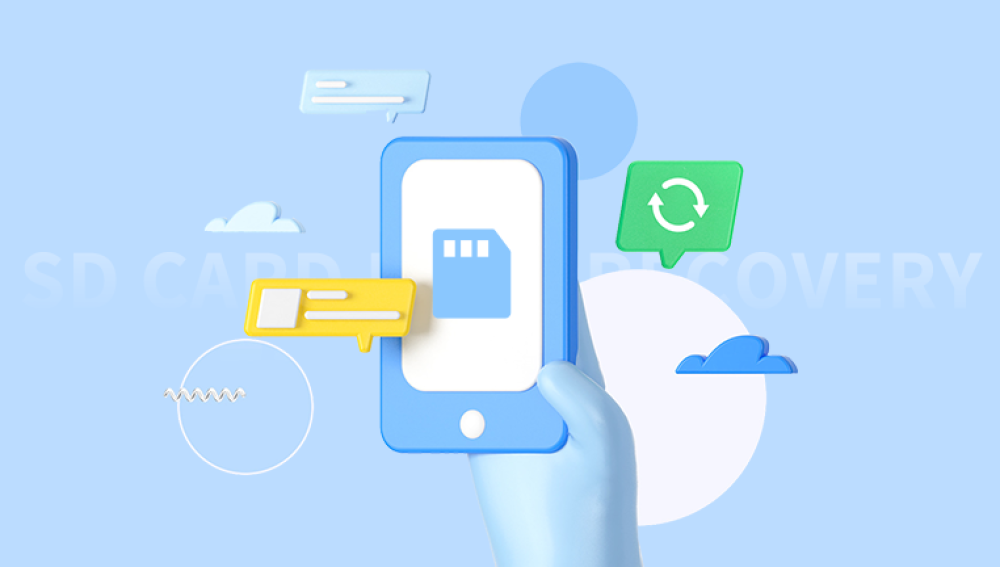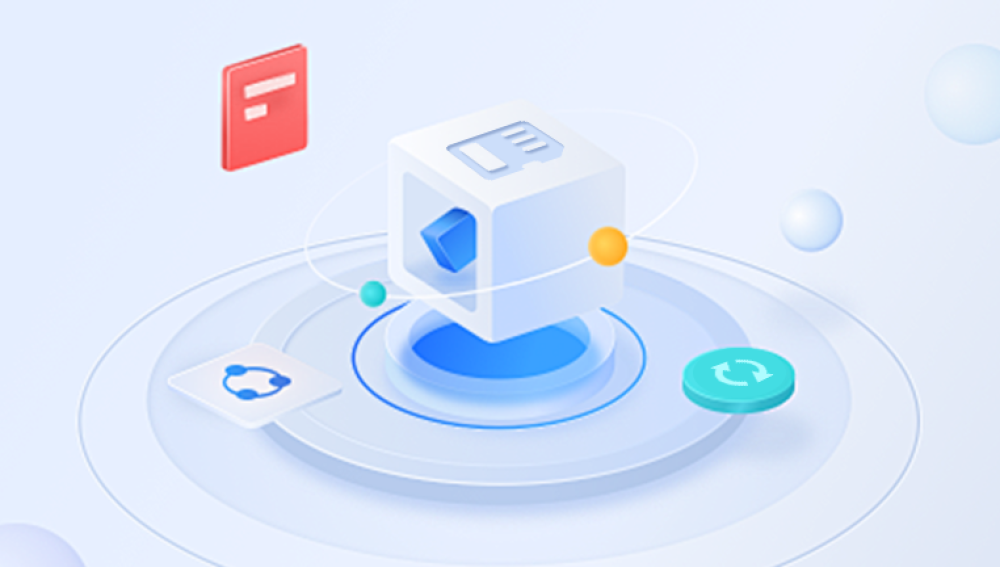Formatting an SD card can often feel like a death sentence for your data. Whether it was accidental or necessary for your device to function correctly, the good news is that recovery is often possible.
1. Formatting Process
Before diving into recovery methods, it’s essential to understand what formatting an SD card entails:
What Happens During Formatting?
Formatting removes the file allocation table, making it difficult for your operating system to locate your data. However, the actual data remains on the card until it is overwritten by new data.
Types of Formatting
Quick Format: This process clears the file system without erasing the actual data, making it easier to recover.
Full Format: This erases all data and checks for bad sectors, making recovery significantly more challenging.

2. Initial Steps to Take After Formatting
If you’ve accidentally formatted your SD card, the first steps are crucial:
Stop Using the SD Card:
The more you use the card, the higher the chances of overwriting the data you want to recover. Immediately stop any read/write operations.
Remove the SD Card from Your Device:
Take out the card from your camera, phone, or computer to prevent any further usage.
3. Using Data Recovery Software
Drecov Data Recovery is a powerful software solution designed to help users recover lost or deleted files from various storage devices, including SD cards, external hard drives, USB drives, and more. With an intuitive interface and robust recovery capabilities, Drecov Data Recovery makes it easy for both novice and experienced users to retrieve their valuable data.
User-Friendly Interface:
Drecov Data Recovery offers a clean and straightforward interface, making it accessible for users of all skill levels. The step-by-step wizard guides users through the recovery process with ease.
Comprehensive File Recovery:
The software supports a wide range of file types, including photos, videos, documents, and audio files. Whether you’ve accidentally deleted files or experienced data loss due to formatting or corruption, Drecov Data Recovery can help.
Advanced Scanning Options:
Drecov Data Recovery provides both quick and deep scanning options. The quick scan is ideal for recently deleted files, while the deep scan thoroughly searches the entire drive, increasing the chances of recovering more complex or older files.
Preview Before Recovery:
Users can preview recoverable files before completing the recovery process. This feature allows you to confirm the integrity of the files, ensuring you retrieve exactly what you need.
Multi-Platform Support:
The software is available for both Windows and Mac, making it versatile for different users and systems.
Secure Recovery:
Drecov Data Recovery ensures that your data is recovered safely without further damaging the original files. This secure approach minimizes the risk of permanent data loss.
Free Trial Version:
Panda offers a free trial version that allows users to assess the software's capabilities before making a purchase. This gives users the opportunity to evaluate whether it meets their needs.
4. Step-by-Step Recovery Process
Here’s a detailed guide on using data recovery software to retrieve data from a formatted SD card:
Step 1: Download and Install Software
Choose Your Recovery Software:
For this example, we'll use Recuva.
Download Recuva:
Visit the official website and download the software.
Install the Software:
Follow the installation prompts. Be cautious not to install it on the SD card you want to recover data from.
Step 2: Connect Your SD Card
Insert the SD Card:
Use a card reader to connect your formatted SD card to your computer.
Open Recuva:
Launch the software after installation.
Step 3: Start the Recovery Process
Select File Type:
Choose the type of files you want to recover (e.g., pictures, documents, videos) or select "All Files."
Choose File Location:
Select "In a specific location" and browse to your SD card.
Start Scan:
Click on "Scan" to begin the scanning process. For deeper scanning, you can choose the “Enable Deep Scan” option.
Step 4: Review Scanned Files
View Recovered Files:
Once the scan completes, Recuva will list all recoverable files.
Select Files to Recover:
Check the boxes next to the files you want to recover.
Recover Files:
Click "Recover" and choose a safe location on your computer to save the recovered files (not on the SD card).
Step 5: Check Recovered Files
Open Recovered Files:
Navigate to the saved location and open your recovered files to ensure they are intact.
5. Alternative Recovery Methods
If software recovery doesn’t work, consider these alternatives:
Professional Data Recovery Services:
If the data is extremely valuable and you’re unable to recover it using software, a professional data recovery service may be your best option. These services can be costly but often yield higher success rates.
Command Prompt (Windows):
For tech-savvy users, using the Command Prompt to recover files is an option. This method may not always work but can be worth trying.
Open Command Prompt as an administrator.
Type chkdsk X: /f (replace X with your SD card letter).
Follow the prompts to attempt to fix any file system errors.
6. Prevention Tips
To avoid losing data from your SD card in the future, follow these preventative measures:
Regular Backups:
Keep backups of important data on your computer or cloud storage to minimize losses.
Use Reliable Devices:
Use quality SD cards from reputable manufacturers to reduce the risk of corruption.
Safely Eject SD Cards:
Always use the "Safely Remove Hardware" feature before removing the SD card from your device to avoid corruption.
Avoid Frequent Formatting:
Only format the card when necessary. Frequent formatting can lead to data loss.




